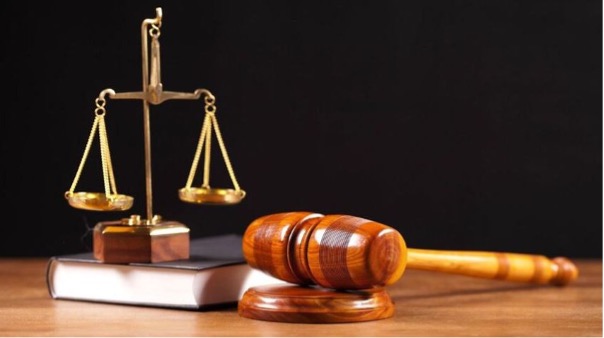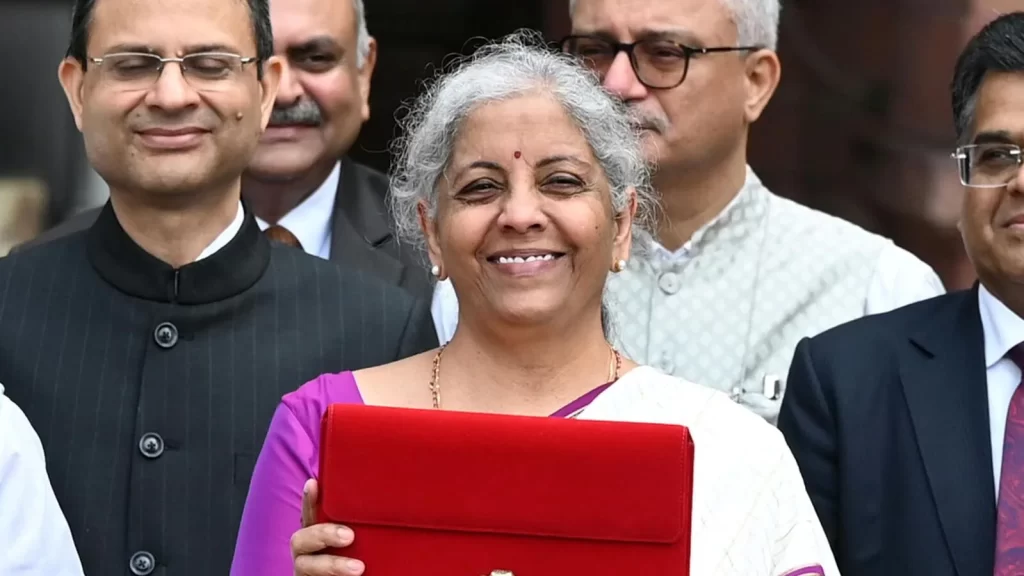India’s justice system stands as a bastion of our constitutional democracy, embodying the fundamental principles of the rule of law and equality. Yet, amid the grandeur of law day celebrations and the international acclaim garnered by our judiciary, . At the forefront of these challenges lies the ominous specter of case backlog and delays in disposal, a perennial issue that continues to plague our courts. Despite commendable efforts to bolster productivity and efficiency, the sheer magnitude of litigation inundates our judicial infrastructure, particularly burdening subordinate courts. The glaring lack of adequate resources, both in terms of human capital and physical facilities, exacerbates this predicament, straining the very fabric of our judicial system.
Although strides have been made through initiatives such as the establishment of fast-track and evening courts, these measures remain inadequate without robust support from the government. The onus for enhancing infrastructure lies not solely on the central government but also on state governments, mandated to furnish the requisite financial resources for the implementation of central laws through state courts. Moreover, the imperative for continuous judicial education and training cannot be overstated. While initiatives such as the National Judicial Academy and state-level judicial academies represent commendable strides, ongoing efforts are indispensable to equip judges with the requisite skills to navigate the evolving socio-economic and technological landscapes. In light of these challenges, alternative dispute resolution mechanisms emerge as a promising avenue for alleviating the burden on our courts. Statutory amendments facilitating mediation and other forms of alternative dispute resolution hold the potential for expediting case resolution, particularly for minor offenses. However, realizing the full potential of such mechanisms necessitates concerted efforts to raise awareness among litigants and enhance the professionalism of mediators.
Yet, amidst these challenges looms the ominous specter of judicial corruption, posing a grave threat to the very foundation of our justice system. Corruption and impartiality are irreconcilable, necessitating a relentless crusade against corruption, even within the administrative echelons of the judiciary. While the judiciary shoulders the burden of public perception, its direct control over the legal profession and ministerial staff, where corruption may also fester, remains limited.

Efforts to combat corruption within the judiciary itself encompass measures such as asset declaration by judges, restatement of values of judicial life, and stringent selection procedures for superior court justices. Additionally, disciplinary actions, periodic performance evaluations, and in-house inquiries are bulwarks against the erosion of judicial integrity.
Access to justice remains a pressing concern, particularly for marginalized communities. While the Legal Services Authority Act of 1987 endeavors to bridge this chasm, challenges persist in ensuring equitable access to justice for all. Efforts to expand legal aid services and promote legal literacy are pivotal steps toward realizing this overarching goal.
The Constitution of India unequivocally affirms the equality of all citizens before the law, yet the reality on the ground paints a starkly different picture, particularly for marginalized and oppressed segments of society. Despite the foundational premise that the state would stand by victims of crime and counter perpetrators, the lived experiences of Dalits, Muslims, tribals, women, and the economically disadvantaged reveal a system riddled with inequities and injustices.
In practice, the criminal justice system often fails to deliver justice to those most in need, perpetuating a cycle of disenfranchisement and marginalization.
Jail under-trials form a significant portion of the incarcerated population, with a disproportionate representation of those disadvantaged by poverty, caste, and religious identity. Despite being presumed innocent until proven guilty, many languish in prisons due to institutional bias and inadequate legal representation.
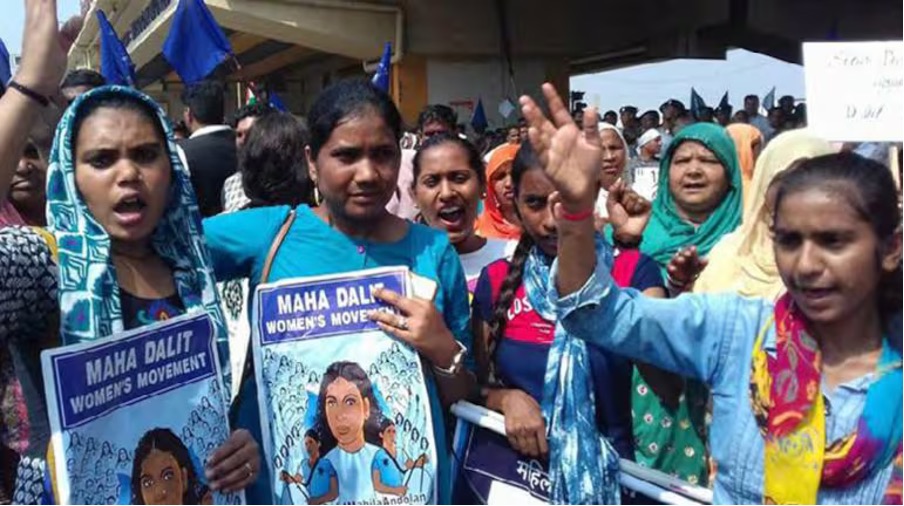
The plight of under-trials, often framed for crimes they did not commit, underscores the systemic injustices that plague the criminal justice system.
Moreover, laws criminalizing beggary, enacted during colonial rule and perpetuated post-independence, further entrench social discrimination against the poor and marginalized. These laws, present in 20 states and two union territories, criminalize begging in public places, denying freedom and dignity to the most destitute members of society. The essence of the criminal justice system, founded on the premise of state intervention on behalf of victims, is compromised when victims belong to marginalized groups. Instead of standing against perpetrators, the state often sides with them, leaving victims defenseless against adversaries backed by societal, economic, and political power.
Terror laws further exacerbate the injustices within India’s criminal justice system, particularly affecting marginalized populations such as Muslims. The aftermath of terror attacks sees swift police action to produce results, often leading to the arbitrary arrest and torture of suspects. Muslim youth, in particular, become victims of illegal abductions, torture, and coerced confessions, with their lives irreversibly disrupted.
The labeling of entire communities as potential terrorists based on their religious identity fosters insecurity and alienation. The media’s uncritical acceptance of police narratives and the judiciary’s often complacent role contribute to the perpetuation of these injustices. The impact on the lives of those wrongfully accused, their families, and the communities they belong to is profound, leading to destitution, shattered families, and in some cases, loss of life or sanity., the flaws within India’s criminal justice system, evident in the punitive approach to begging and the discriminatory application of terror laws, demand urgent attention and reform.
The pursuit of justice should prioritize protection, empowerment, and rehabilitation over perpetuating cycles of destitution and systemic injustice. The case of the ban on the Students Islamic Movement of India (SIMI) illustrates the discriminatory application of such laws. Despite official claims of SIMI’s involvement in terror activities, the bans have been questioned for their lack of fairness and reasonableness. Prosecutions often rely on unreliable confessions extracted under duress, disregarding fundamental rights and fair trial standards. Furthermore, the acquittal of perpetrators of caste violence, such as the Tsundur massacre, highlights the systemic bias against historically oppressed communities.
Survivors of caste atrocities face formidable challenges in seeking justice, with witness statements often dismissed and perpetrators acquitted due to alleged procedural lapses.
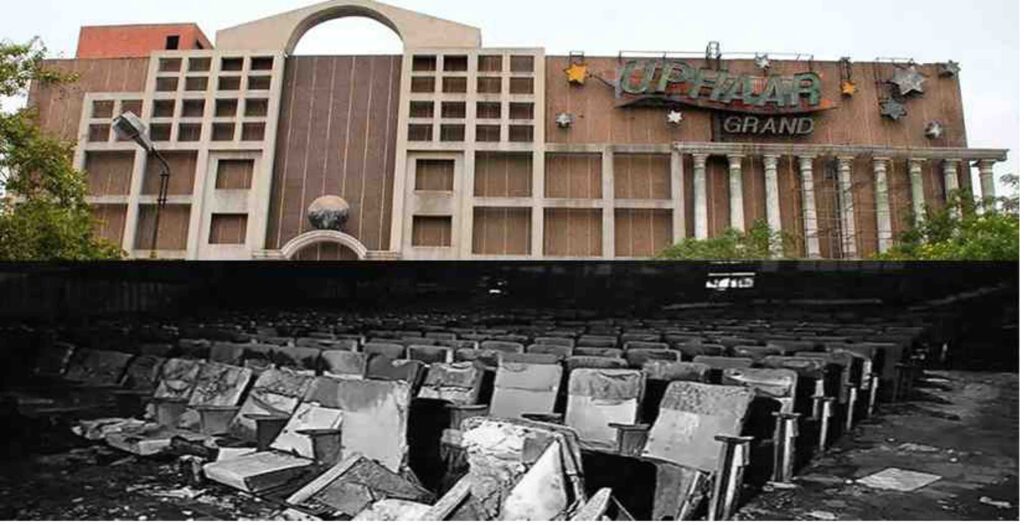
Moreover, the prolonged delay in initiating trials and the manipulation of legal proceedings further undermine the integrity of the justice system. In Uzma’s case, the trial began nearly two decades after the massacre, highlighting the systemic inefficiencies and bureaucratic hurdles that hinder timely justice delivery.
The lack of accountability for law enforcement personnel, coupled with the complicity of state authorities in perpetuating impunity, erodes public trust in the judiciary and undermines the rule of law.
The repercussions of these systemic failures extend beyond individual cases, contributing to a broader erosion of democratic principles and fundamental rights. The normalization of extrajudicial killings not only undermines the right to life but also perpetuates a culture of fear and mistrust in law enforcement agencies. Without meaningful reforms to address these structural deficiencies and ensure accountability, India’s justice system will continue to grapple with issues of legitimacy and fairness, perpetuating a cycle of injustice and impunity.
India’s justice system, as depicted through various examples, starkly contrasts with the constitutional promise of equality before the law for all citizens. The lived realities of the country’s most marginalized communities reveal deep-rooted and systemic challenges that obstruct their access to justice, creating insurmountable barriers. Survivors of violence, particularly against Dalits, tribal people, minorities, and women, encounter formidable challenges in seeking justice. The struggles extend to victims of extra-judicial killings and disappearances, highlighting the profound and often insurmountable barriers faced by India’s socially and economically disadvantaged in accessing the justice system.
A notable issue within the system is the prevalence of delayed justice, exemplified by cases like the Uphar Cinema tragedy. It took six years to establish accountability for the criminal negligence that led to 59 deaths.
Similarly, the Vakil Prasad Singh v. State of Bihar case emphasized the importance of speedy investigation and justice, particularly for protecting the fundamental rights enshrined in Article 21 of the Constitution. Instances like the Nirbhaya case, where justice was served after a prolonged seven-year delay, underscore the urgency of reform.
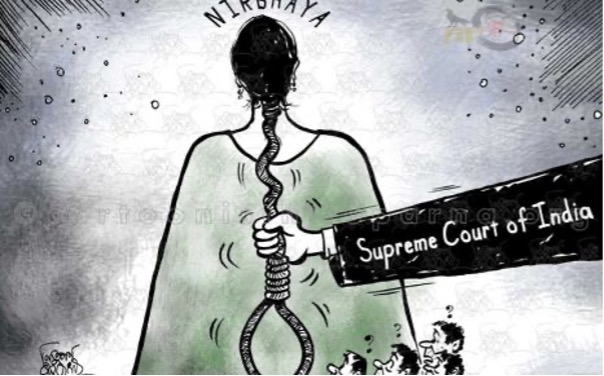
This case spurred amendments to criminal laws, including the Anti-rape Act of 2013, aimed at addressing systemic issues and enhancing victim protection. However, challenges persist, as seen in the Ayodhya verdict, which, while resolving a longstanding dispute, also fueled religious discrimination and civil unrest. Such cases highlight the need for a nuanced approach to justice that considers societal implications and ensures equitable outcomes. Additionally, the issue of judicial pendency and backlog remains a pressing concern. Factors contributing to this include inadequate infrastructure, insufficient judicial staff, and the misuse of legal tools like RTI and PILs for personal gain rather than public welfare. Efforts such as Lok Adalats and Gram Nyaya Layas aim to alleviate the burden on traditional courts by providing alternative dispute resolution mechanisms. However, their effectiveness is hampered by limited implementation and resources, particularly in rural areas. Furthermore, India’s inheritance of the British legal system poses challenges in adapting to the needs of a diverse society. The system’s evolution must consider indigenous practices and modern judicial administration requirements to ensure effective and accessible justice for all.
Addressing these issues requires a multifaceted approach, including judicial reforms, infrastructure development, and greater accountability within investigative agencies. Only through concerted efforts can India’s justice system truly fulfill its constitutional mandate of equality and fairness for all citizens.
Written by – Sakshi Nitin Joisher
Edited by – Khalid Khursheed

